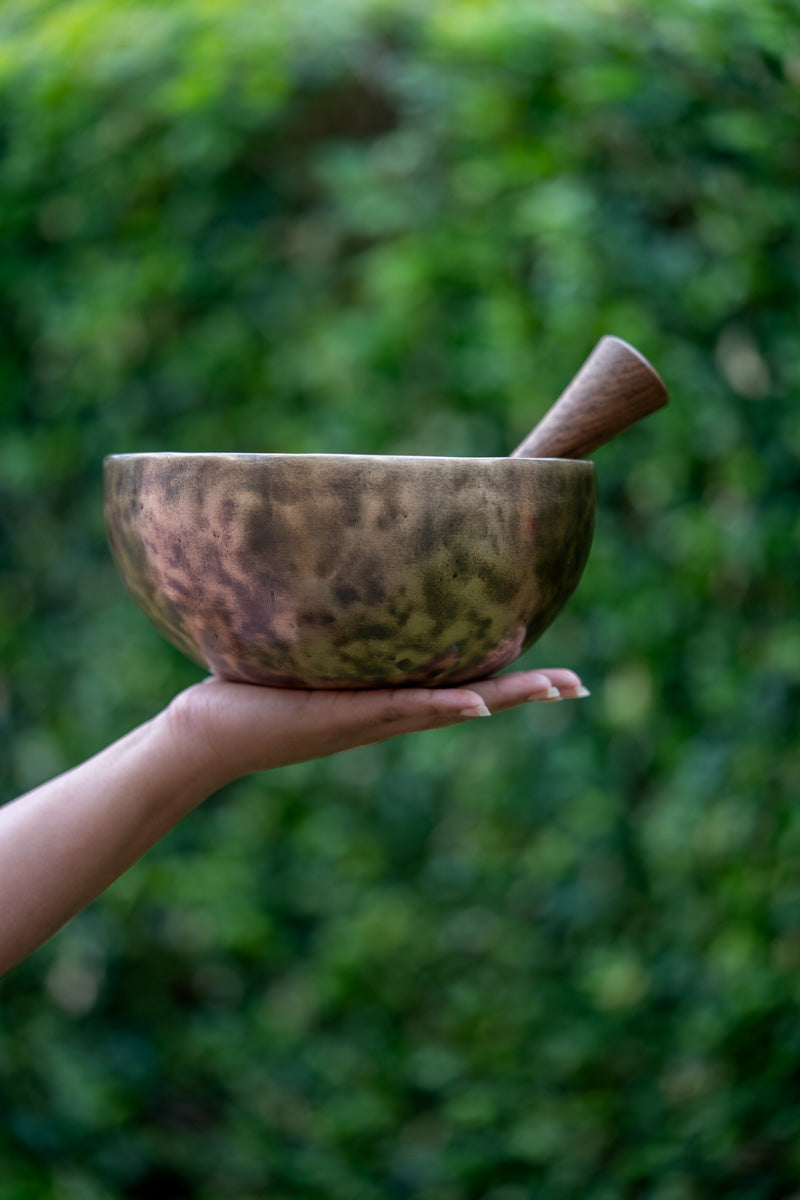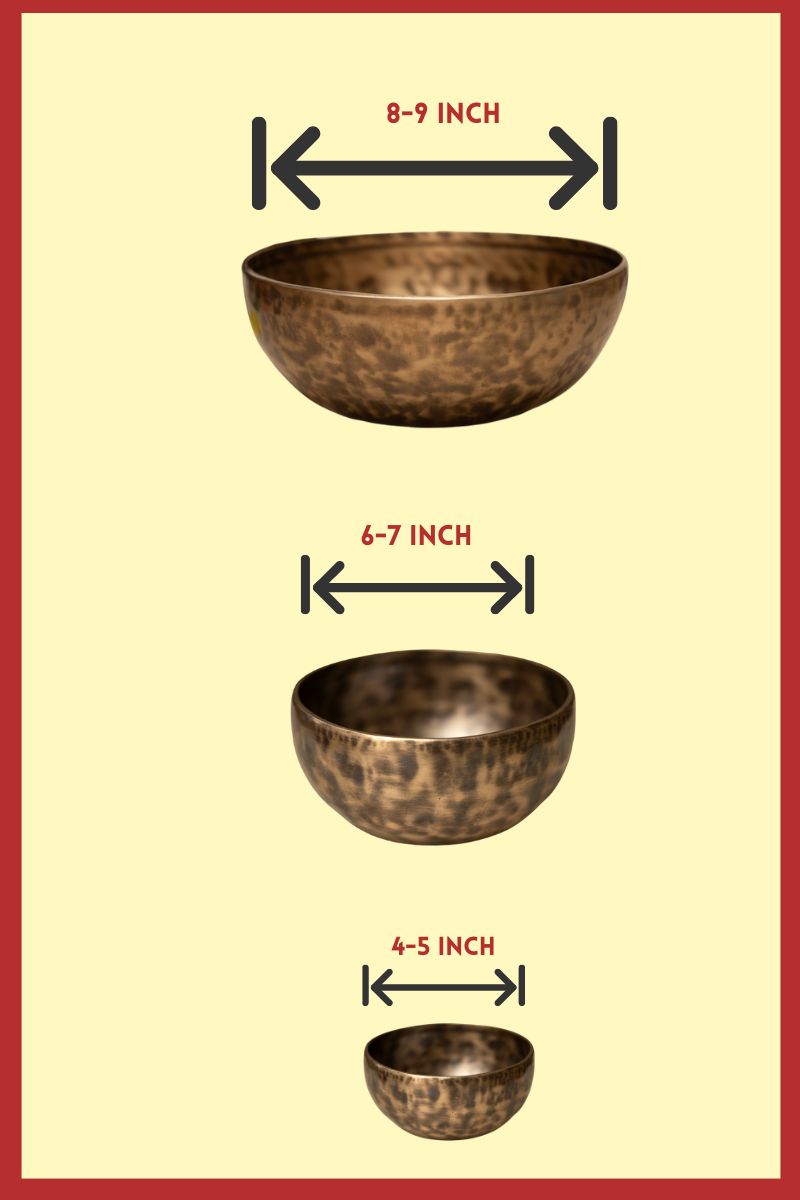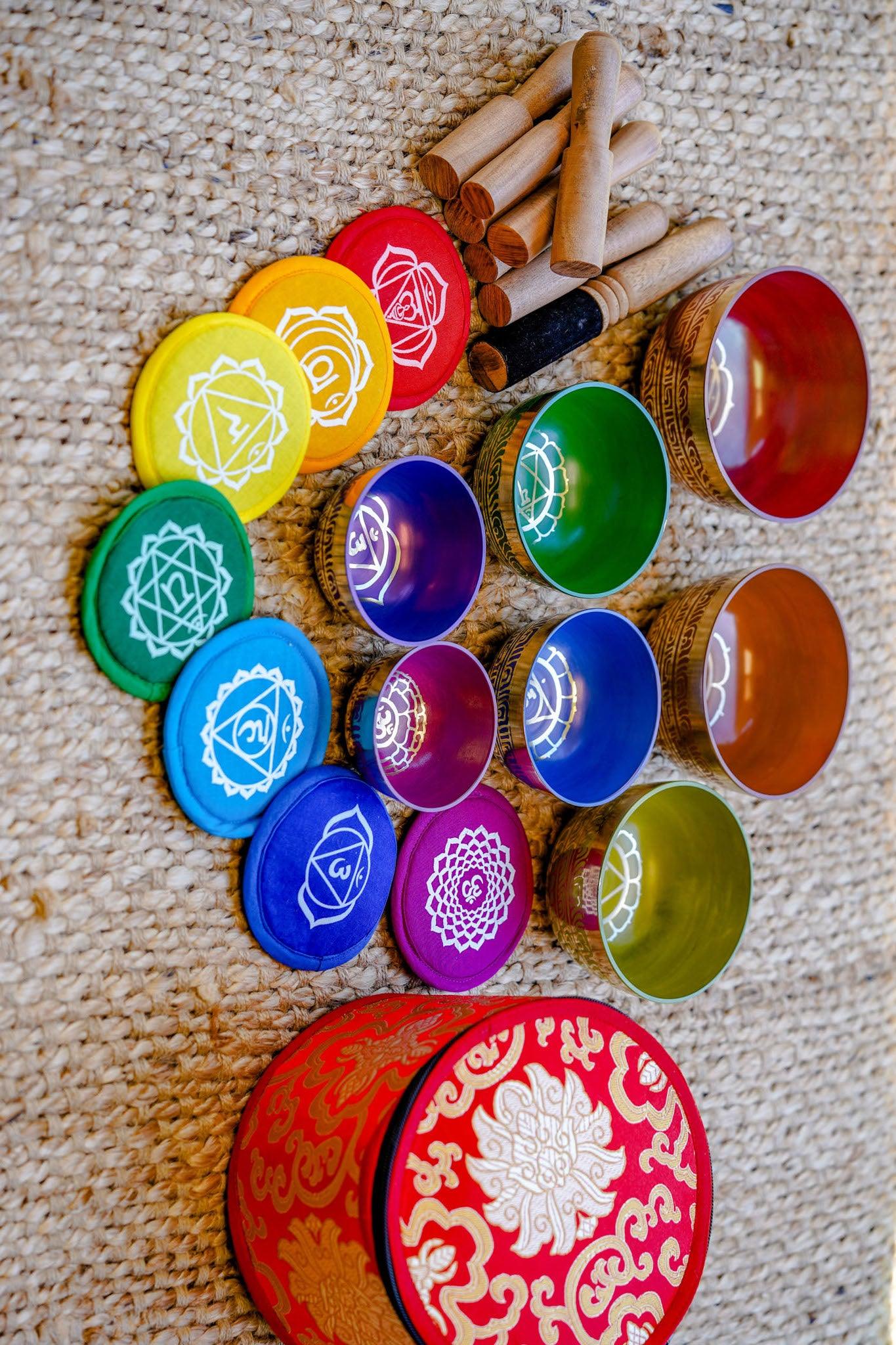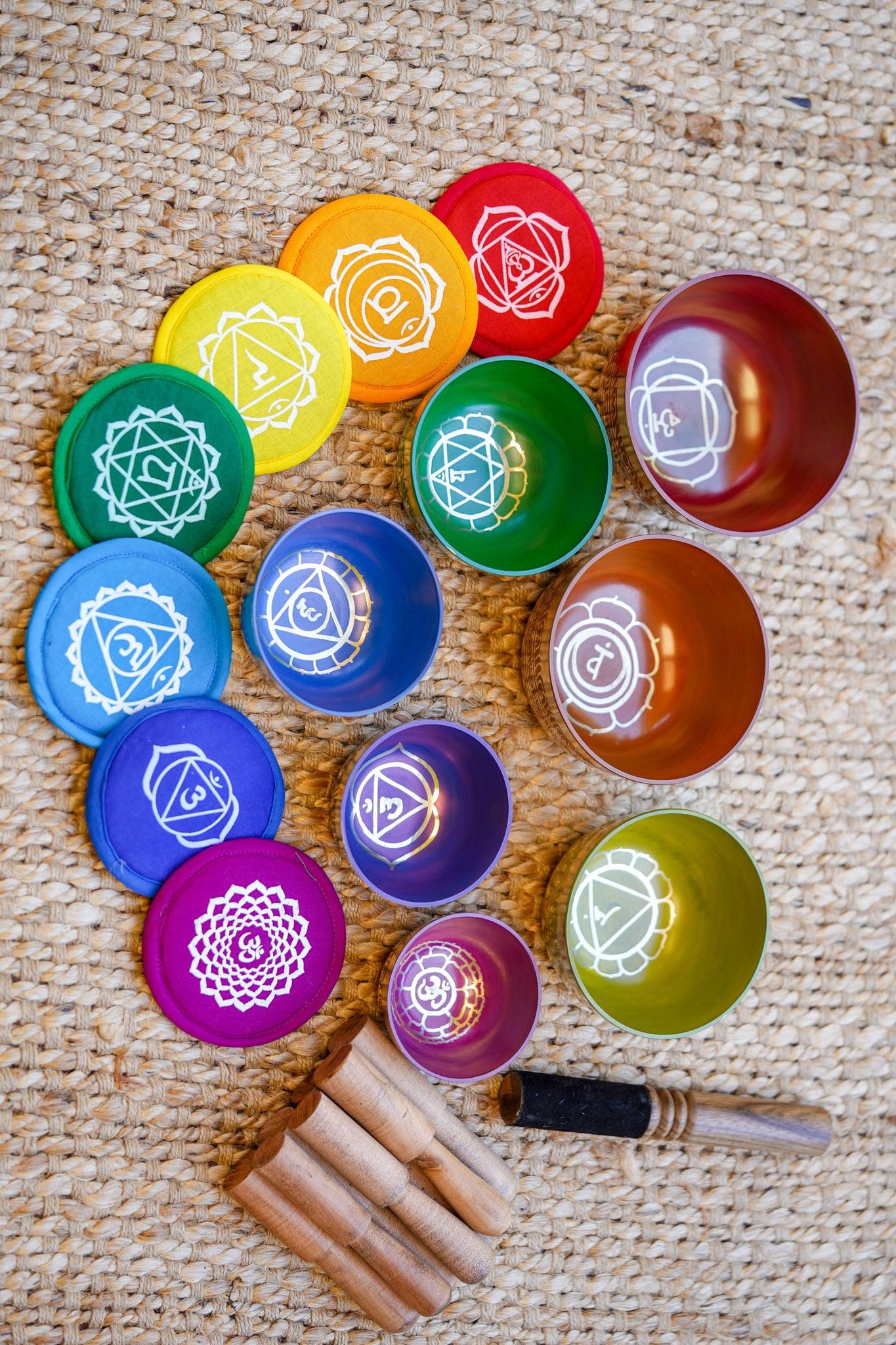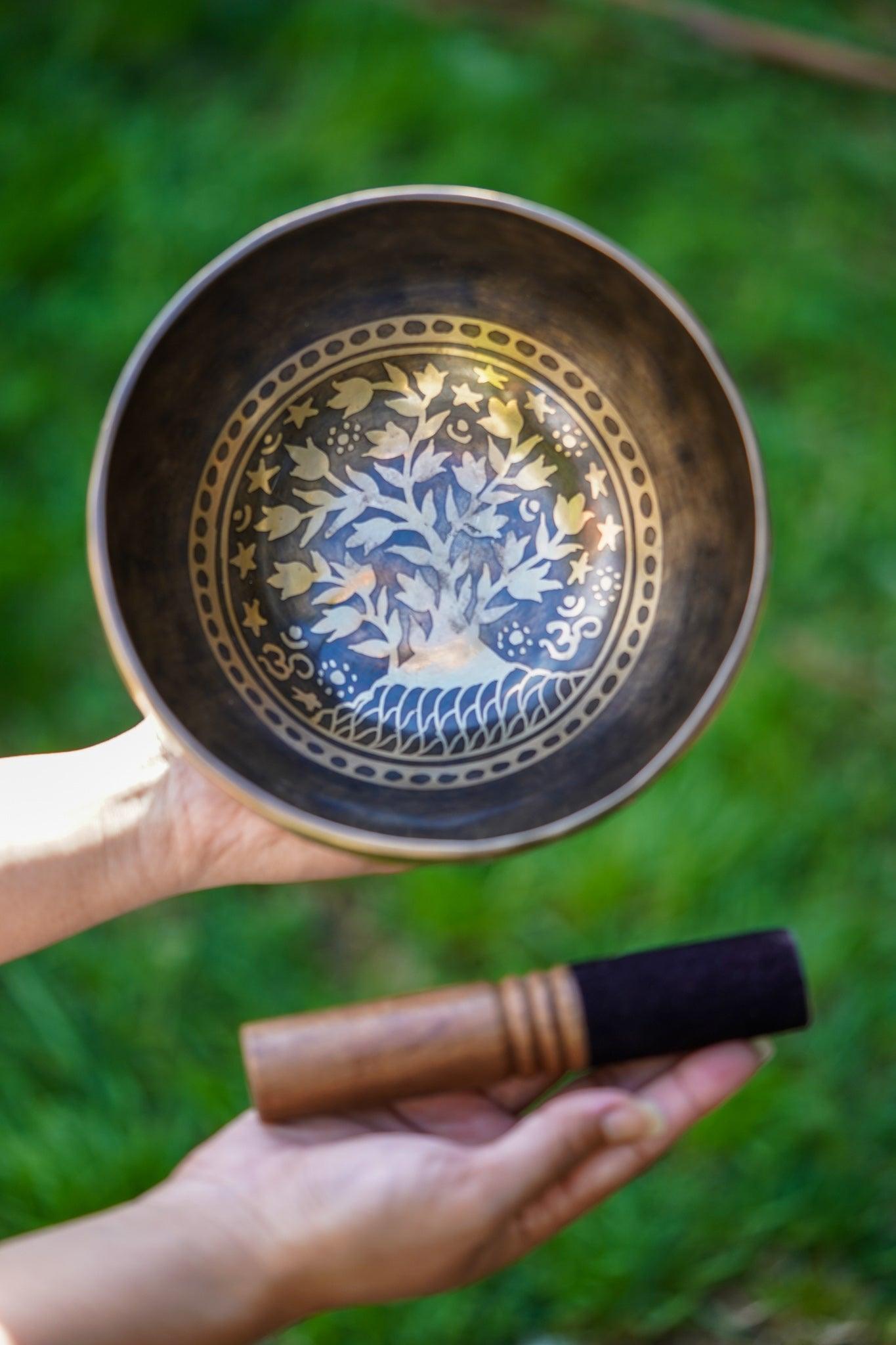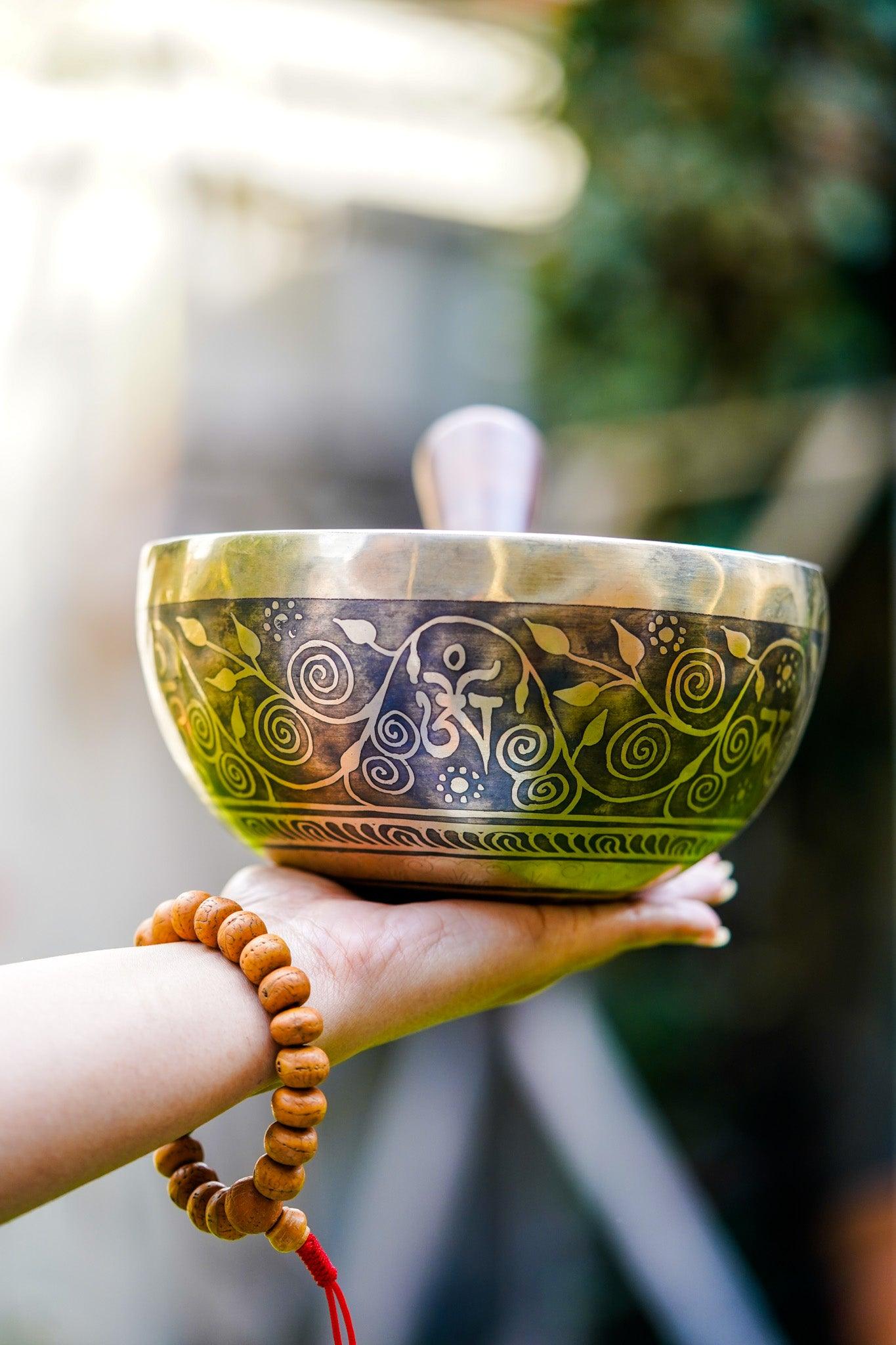Rudraksha
Rudraksha (also known as Rudraksh) are the dried seeds of the Elaeocarpus Ganitrus tree, which grows in some parts of Southeast Asia. It's also known as Shiva's Tears. The word Rudraksha is derived from Shiva's name "Rudra" and the word "Aksha," which means "tears."

Rudraksha is a dried stone of an inedible fruit that Hindus, Buddhists, Sikhs, and Muslims use as prayer beads. The Rudraksha stone is said to have different meanings and interpretations depending on how many faces it has. Some are extremely valuable and coveted because they are rare or distinctive. The Rudraksha mala aids in the maintenance of physical and mental harmony. It promotes spiritual development.
Rudraksha tree

Elaeocarpus has 300 species, 35 of which are located in India. Elaeocarpus ganitrus, often known as the "rudraksha tree," is the most common species in this genus and can be found from the Gangetic plain in the Himalayan foothills to Nepal, South and Southeast Asia, sections of Australia, Guam, and Hawaii.
Elaeocarpus ganitrus trees reach heights of 60–80 feet (18–24 meters) and can be found from sea level to 3,000 meters above sea level (9,800 ft). They are fast-growing evergreen trees, and as they age, their roots develop buttresses that rise up from the trunk and radiate out along the ground's surface. Rather than growing on wide land, the species prefers to grow in tight areas.. In three to four years after germination, the rudraksha tree bears drupes (fruit). It produces 1,000 to 2,000 fruits every year. These fruits are also known as amritphala and are popularly referred to as "rudraksha fruit.".
Religious use

Rudraksha stones can be used to make a garland that can be worn around the neck. Typically, these beads are strung on silk or a black or red cotton thread. Jewelers utilize copper, silver, or gold wires less frequently. If the rudraksha beads are strung too tightly, they may be damaged.
Rudraksha garlands are commonly used by Hindus to promote prayer and meditation, as well as to sanctify the mind, body, and soul. In India, wearing 108 rudraksha beads has a long tradition; 108 is regarded sacred and a good number of times to recite a brief mantra. An extra bead is known as "Meru," "bindu," or "guru bead" is preserved to assist identify the beginning and conclusion of a 108-bead cycle and serves as a symbolic "principle" bead. There's also a 27+1 and 54+1 combination. The stone is linked to the Hindu god Shiva, who wore it around his neck himself. Devotees commonly wear it for protection and to chant mantras like "Om Namah Shivaya."
Types of Rudraksha stones

The facets or "faces" (mukhi) of Rudraksha stones are split by a line or cleft running the length of the stone. Stones typically have one to twenty-one faces, with the most frequent number of faces being four to seven. The rarest stones are single face stones. Rudraksha stones are typically brown, but they can also be white, red, yellow, or black. There are numerous different sorts of stones known.
- Gauri shankar
- Sawarare gauri shankar.
- Ganesha.
- Trijuti.
- Dwaita and Veda
1) Gauri Shankar

2) Sawarare Gauri Shankar

3) Ganesha

The Ganesh Rudraksha has bead with a trunk-like protrusion on their bodies. It is a rudraksha that is well-known for its potency and appearance. Lord Ganesha, the Vighna Harta, who removes all impediments and hardships, is the Rudraksha's ruling God, while Rahu is its ruling planet. The wearer not only receives Ganpati Bappa's blessings, but also success in all endeavors.
4) Trijuti

Trijuti Rudraksha has three naturally connected stones and is one of the most difficult Rudraksha bead to find. The Brahma-Vishnu-Mahesh rudraksha is named after the Hindu Gods Brahma, Vishnu, and Mahesh. The holy triad blesses anyone who is fortunate enough to wear this Rudraksha. It attracts prosperity, money, and overall happiness to the person. The wearer's creative abilities are strengthened, and he or she is on the path to tremendous accomplishments. Evil forces and negative energies are kept at bay, and the individual becomes unstoppable. The abilities contained within this Rudraksha will aid leaders in developing a charismatic and magnetic personality that draws success and goodwill.
5) Dwaita and Veda
Dwaita Rudraksha has four conjoined sawars and Veda has four conjoined sawars are two further unusual forms (2 conjoined sawars).


